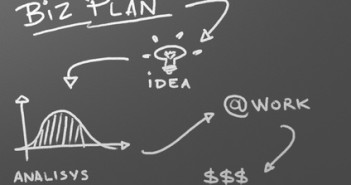Good traders know that financial markets are naturally interconnected with one another which means that what affects one asset class will nearly always have an effect on the other.
And one of the main drivers in markets has been and will continue to be the stock market, since it is arguably the market that is most clearly affected by changes in economic fundamentals. Because of this, stocks are just as important to the outcomes of forex markets as the other way around. Forex traders must therefore be aware of the outlook for stocks and one way to do this is to have a sound understanding of the typical market cycle.
Guest post by FXTM
Coming to the end of a bull market
During the latter stages of a bull market such as experienced in 1999 or 2007, there will typically be strong economic growth and a high level of optimism among market participants. Consumer confidence will likely be high, interest rates will be rising and cyclical stocks will likely be outperforming. In forex, the riskier currencies and the emerging market currencies will predominantly be the biggest risers.
As the market moves up, however, rising interest rates become an ever stronger threat to economic growth and the market begins to slow in momentum. Lending money becomes more expensive and thus risk taking begins to drop leading to investors to seek out more secure places to invest – such as utility and value stocks.
This in turn leads to sharp falls in the growth stocks that were previously in charge and mounting pessimism begins to set in as the main market driver. As pessimism increases,economic growth begins to fall and small cap stocks and growth stocks bear most of the pain.
In order to address the decline in growth, interest rates start to fall and the market most likely enters a prolonged bear market. In currencies, traders begin to sell higher yielding currencies and move into safe havens.
Coming to the end of a bear market
As interest rates fall and pessimism takes hold, the market most often keeps dropping until it reaches a kind of selling climax, where optimism is at its lowest. It is at this point that the market is washed out and at its lowest ebb that the cycle can begin again. Fueled by the prospect of now low interest rates and improving economic growth, small caps and growth stocks take over and the market starts to rise.
Since, the stock market looks ahead, this rise will often happen well in advance of any corresponding uptick in GDP or unemployment. In this way, the stock market is the ultimate leading indicator into future economic growth.
As a forex trader, it is important to understand the market cycle. Although no cycle is ever the same, it is generally the case that riskier currencies and emerging market currencies do better in bull markets. Whereas in bear markets, it is the safe haven currencies such as the US dollar, the Swiss franc and the Japanese yen that do the best.
